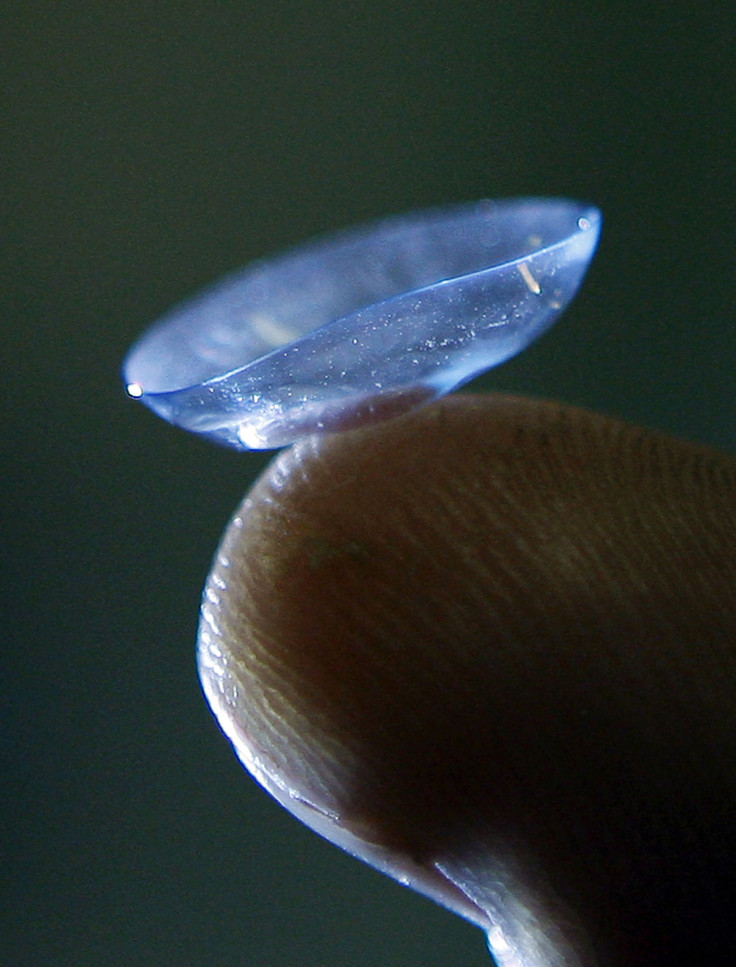Contact Lenses Will Soon Be Able to Stop Nearsightedness in Its Tracks

Myopia, or nearsightedness, affects 40 percent of the population in the United States and up to 90 percent of children in some parts of Asia. But, despite the condition's prevalence, there is no cure. Prescription glasses and contact lenses only refocus eyesight and, as any nearsighted person knows, the prescription can go up every year, requiring stronger and stronger lenses as vision worsens.
But biomedical scientist David Troilo and his colleagues at the State University of New York's College of Optometry may have a solution. They have developed a potential cure for myopia using contact lenses. When used in children, the contact lenses should coax the eye to grow the correct way.
Nearsightedness occurs when the eye is too long, which causes the eye to have difficulty focusing on things that are far away from the retina. Prescription contact lenses and glasses can even make the problem worse. They can even create peripheral farsightedness in the retina, which can make myopia even worse as children's eyes grow to move the retina to capture the most amount of light.
The correctional contact lenses would change how light is focused into the peripheral retina, which would in turn correct the shape of the eye. Tests with the experimental lenses found that they changed the way that the eyes grew and focused just as the developers had predicted. The lenses also successfully stopped the lengthening of the eye that causes the progression of nearsightedness.
Troilo says that optometrists will soon have several options from which they can choose if they want to stop myopia. If these contact lenses are successful, the only problem will be inserting them into the eyes of a restless, squirming child.
Troilo will present his findings at the Optical Society's Annual Meeting, Frontiers in Optics, on October 14.



























